Our Design Lowdown continues as we sit down with some leading local designers to discover what inspires them and their philosophies, and to learn some tips and potential trends.
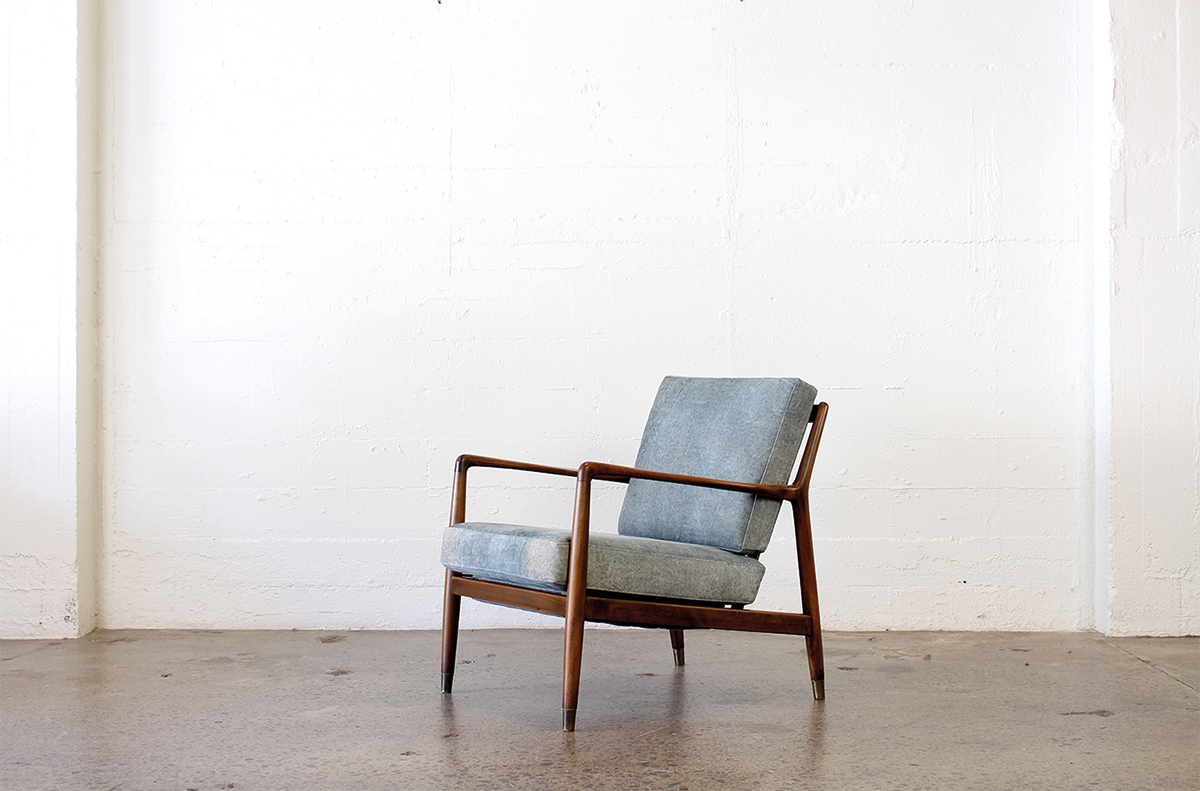
Simran Saseve-Dale
Karakter
What led you into the field of interior design?
Karakter was established in 2012, specifically to source and meet the need for genuine European and American mid-century design in New Zealand. We’re passionate about this era of design that showcases form inspired by function, and take great pride in making iconic mid-century design accessible to our discerning customers.
When designing a room, what is the most important factor for you?
We believe that the art of creating beautiful spaces is about having the confidence to layer and bring together many elements of design. A truly memorable space is formed by a combination of architecture, lighting, colours, and textures. We always begin by considering the dimensions of a space, natural lighting, and how the room will be used. After that, it’s about showcasing and combining pieces of good design!
How to fit bookshelves into a small space?
Mid-century pieces are generally built to a smaller scale than new, contemporary pieces. Our selection of vintage bookshelves, chests and cabinets are great options for a small space. Failing that, we highly recommend entrusting a local carpenter to build a made-to-measure piece.
What is a good way of using lights in your room?
Lighting can have an immense effect on the ambience and appearance of any space, and provides an easy way to experiment with colour, texture, and contrast. Our range of vintage lighting not only illuminates, but also adds unique and eccentric accents to a space.
Advice when marrying high-end with budget?
Go for it! The quality of construction and form following function are the most important things to consider and will ensure you are investing in a piece of good design. These factors are not exclusive to high-end design and pieces at lower price points shouldn’t be overlooked. Beyond this, let your heart guide you and not the brand or price of a piece. It’s important to adore the pieces you choose – whether high-end or budget!
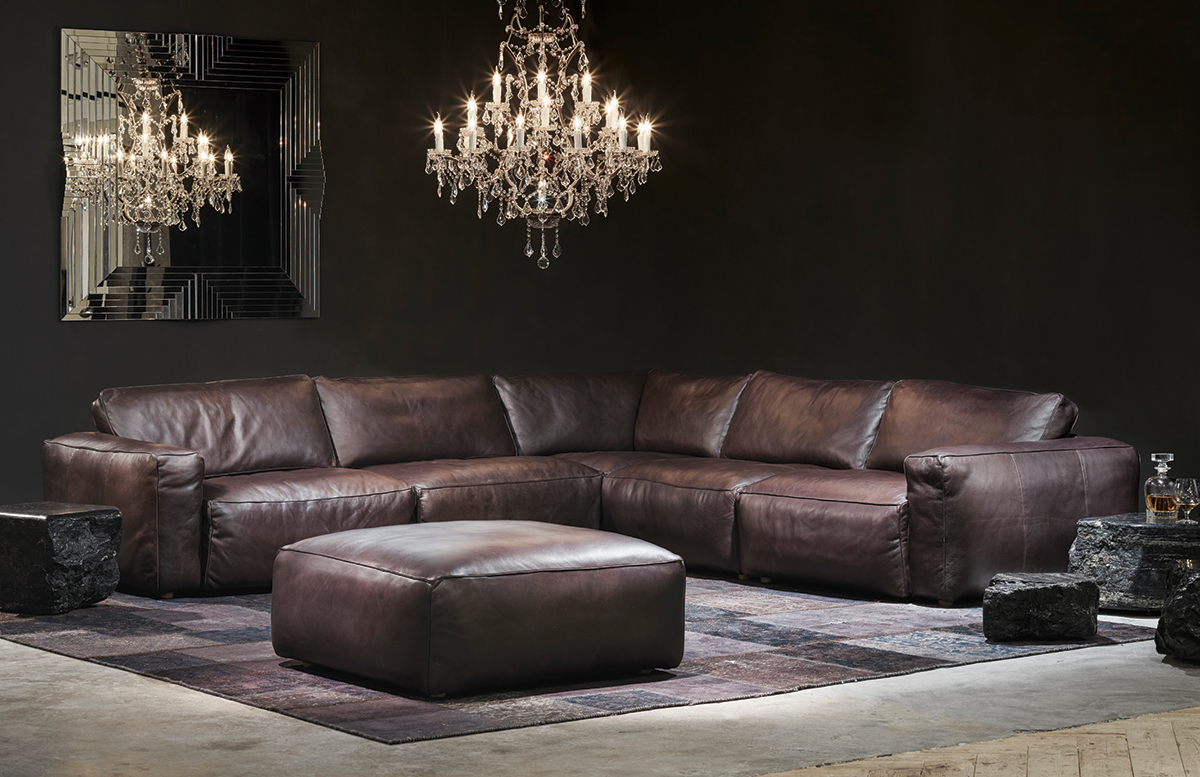
Tracey Johnston
Refined Living
When designing a room what is the most important factor for you?
Spatial design. When planning any space, the first thing to think about is the layout. Does it flow? Does it work in relation to the furniture and shape of the room? This is so important, because above all, a home needs to be functional. Closely followed by texture. Even with a neutral palette any room can be transformed by layering different textures.
What is a good way of using lights in your room?
Think about how you are going to use the space. Does it need general, accent, or task lighting? Every room has different needs. A kitchen needs to be well lit whereas a living area or bedroom can benefit from less general lighting and more accent or task lighting, like a table or floor lamp. This is a great way to create a calm and cosy feel. Artwood and Halo offer an extensive range of beautiful pendants, chandeliers, table and floor lamps. See the full range at the Refined Living Showroom.
Is it difficult keeping up with design trends?
It’s easy to get caught up trying to keep up with the latest trends and it’s no wonder when you flick through any social platform, the options are endless. The theory is if you purchase quality core pieces like sofas and dining tables, that are made to last, then you can’t go wrong. The best way to keep up with trends is to add accent pieces like soft furnishings, rugs, accessories, and decor. That way they are inexpensive to swap out when you feel like a change. The Refined Living showroom has a beautiful selection of timeless, quality furniture which is designed to stand the test of time.
Where do you look for inspiration?
Halo and Artwood have amazing in-house design teams who are constantly working on new collections and keeping us ahead of the trends. We also like getting inspiration from social platforms like Instagram and Pinterest, as well as magazines.
With border restrictions opening and travel set to become a reality once more, what city excites you most from a design point of view?
Artwood is one of the core brands we represent at Refined Living, they are a furniture design company based in Sweden.
I would love to be able to visit their head office when the boarders open! Scandinavia is home to so many design-forward cities. I would love to stop in at Denmark – Copenhagen in particular. They are doing lots of interesting things in the design space – and it’s a beautiful city to visit.
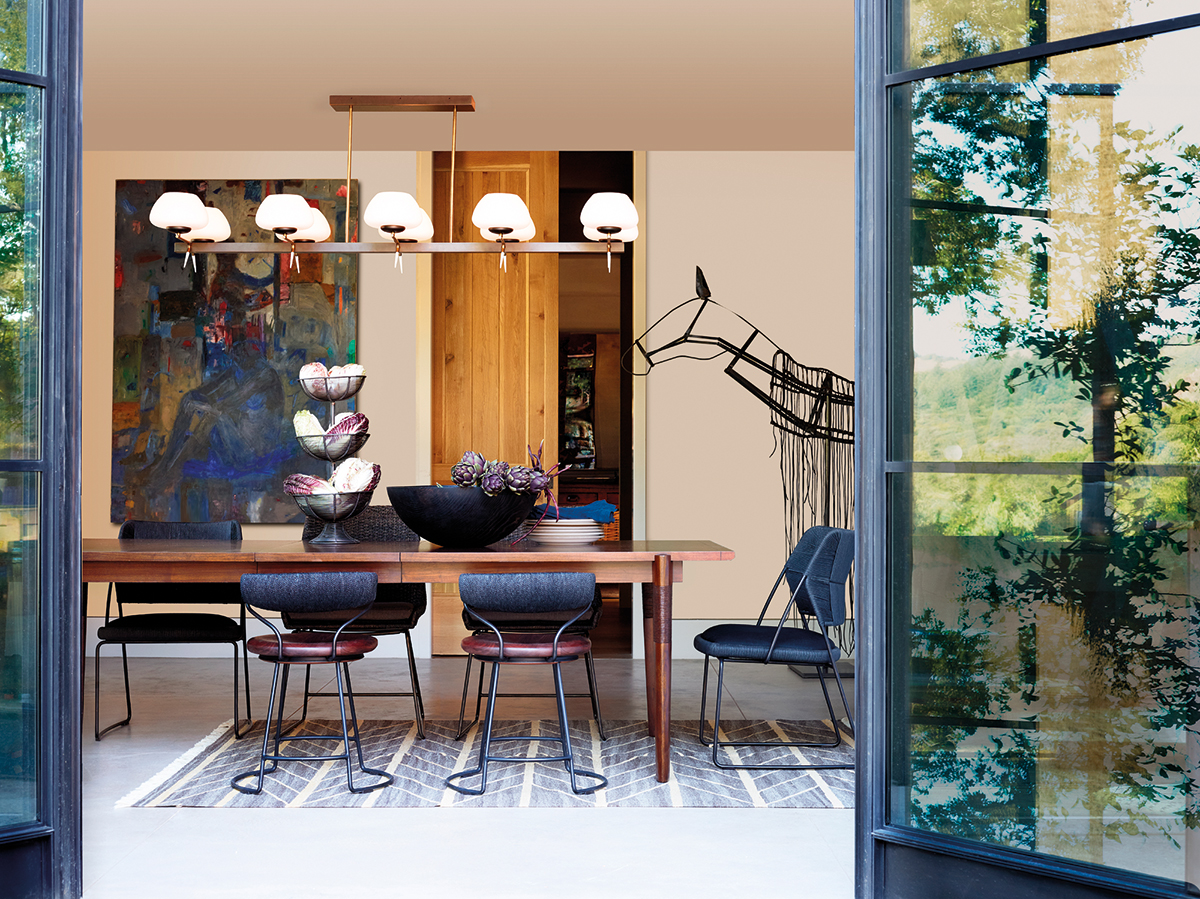
Debbie Cavit
Cavit+Co
When designing a room what is the most important factor for you?
Creating a cohesive room with a sense of balance. I always find I feel more at ease in a room when the scale and placement of furniture and other objects sit well together. I always take into account the natural light, the aspect of the room, how the light will move around the room throughout the day, and how any added lighting will work in the evening. We also consider the outlook and any dominant natural colours outside that we can bring into the room to expand the experience of each area. My aim is to always create a space tailored to each individual client where they feel instantly comfortable and have a real sense of belonging.
What is a good way of using lights in your room?
A variety of lighting at different heights is essential to create atmosphere. I usually only use table lamps or pendant lighting in the evening rather than having a raft of overhead lights on. It is the shadow, between the areas of light, that creates a sophisticated, yet inviting room.
When working with a client, do you listen to their ideas and then suggest what you believe would be good in their space?
It’s always important to listen to clients to see what their overall goal is, and then it is our role to stretch them to add that something extra to create an outcome that will delight them more than they anticipated – whether it is the way a space functions, or the added elements they hadn’t considered. It always needs to be remembered that as a designer you are given the opportunity to create a space someone else will be living in, entertaining, laughing, crying, and experiencing every emotion in between. It needs to be a place they feel completely themselves. It takes a lot of listening and sometimes a little coaxing to create the space they can feel truly at home.
How would you define your design philosophy?
The main aim is to ensure the interior suits the architecture and a client’s lifestyle. Once this is achieved there is no need to continually update an interior multiple times, because it was right the first time. I am always grateful that we have had wonderful clients at Cavit+Co who, over our 30 years in design, have understood the true value of buying once and buying well. It is something we all need to consider for the world we all live in.
With border restrictions opening and travel set to become a reality once more, what city excites you most from a design point of view?
I always love visiting New York, Paris, Milan, and London to talk to suppliers and gain additional knowledge and inspiration. I used to visit each of these cities twice a year and I can’t wait to pack my bags again and head off to see what we have all missed in the last two-and-a-half years. Zoom meetings and presentations have been great, but there is nothing quite like being there, face to face.
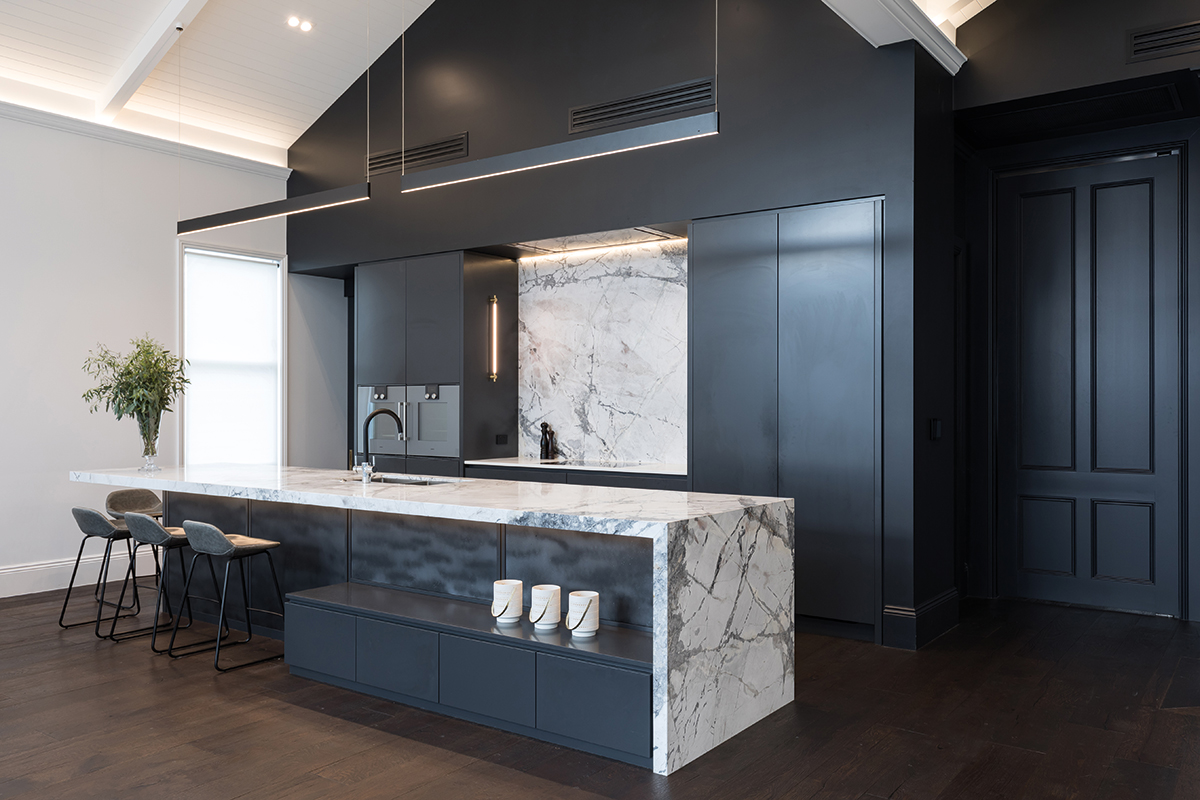
Joanne Godding
Bespoke Kitchens
When designing a room what is the most important factor for you?
Reflecting the personality of the users of the room, married with the architecture of the space.
How to fit bookshelves in a small space?
Consider the scale of the room when designing the furniture but also remember that sometimes when we overscale the furniture, it adds tension, drama, and interest.
When working with a client do you listen to their ideas and then suggest what you believe would work in their space?
When the space is complete, my clients need to have ownership of that room. They need to feel engaged, nurtured, and inspired by being in that space. Their personality and ethos need to be reflected in that space. My role is to always listen to their ideas but also encourage them to explore other options and push beyond comfort zones. This is how we achieve the best results for our clients.
How does the surrounding landscape and views inform your design?
They must be captured. It’s what helps to elevate the design of the room by adding another layer of detail. Views beyond the room create focal points and a sense of depth and connectivity. Borrowed light adds drama and interest.
How has social media changed design for you?
My clients have a greater awareness of what is available. But often this breadth of information can be overwhelming and daunting. I certainly use this as a starting point when embarking on the design process. But as everything we do is bespoke and customised, we tend to focus on the distinct personality and characteristics of the individual project.
With border restrictions opening and travel set to become reality once more, what city excites you most from a design point of view?
New York, New York!
bespokekitchensbyjoannegodding.co.nz
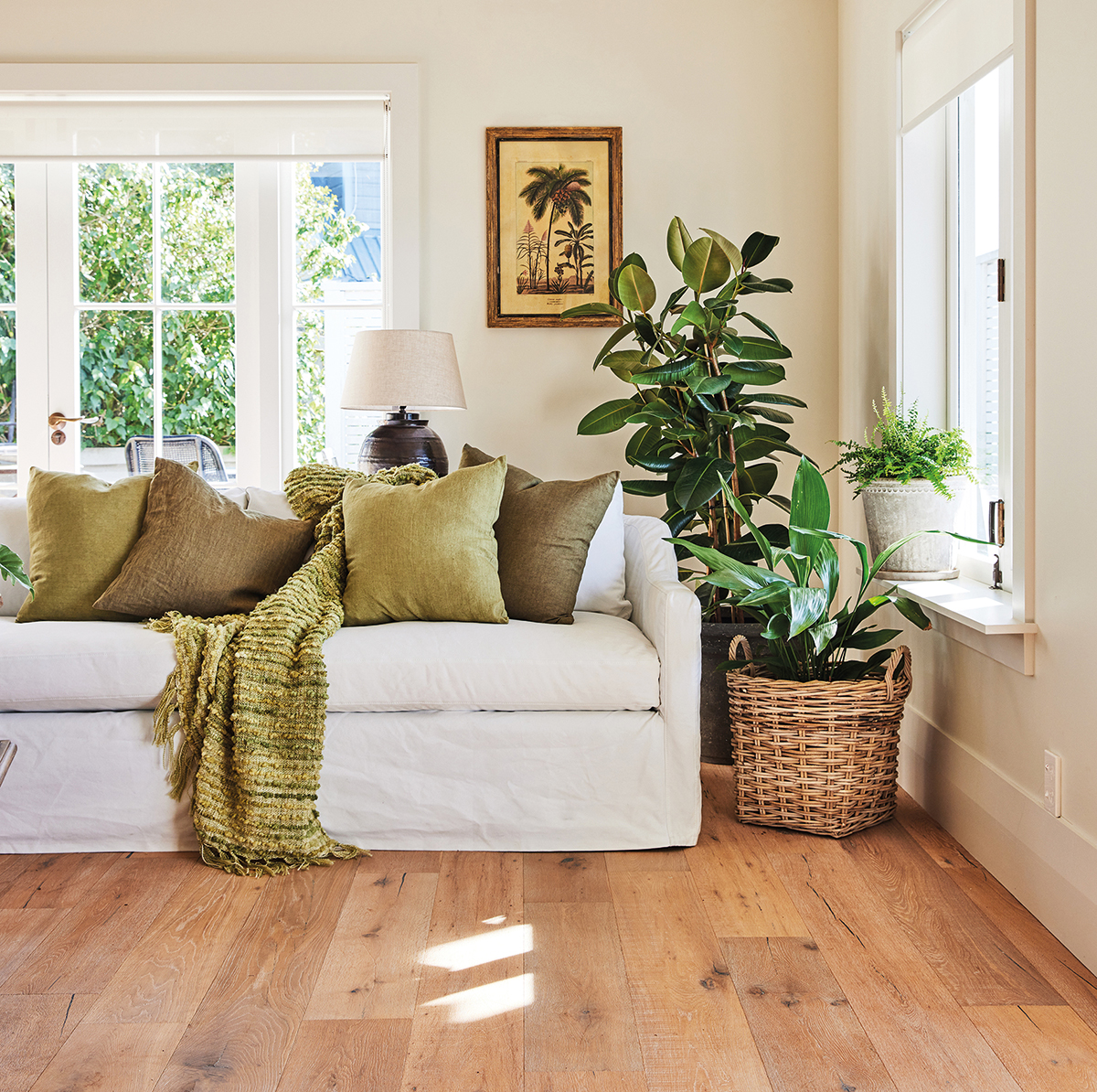
Stephanie Kiteos
French Country
What led you into the field of interior design?
French Country Collections was founded by Sonia Watts over 30 years ago from her untold passion for interiors and beautiful things. Today her legacy continues with her daughters Vanessa and Stephanie running the business.
How would you define your design philosophy?
We believe a home is not created overnight but rather it is built on, and added to, over time. Our signature style is an easy blend of timeless classic meets pared-back rustic, with touches of industrial and luxe accents. We specialise in unique and collectable pieces, inspired by our love of collecting antiques and vintage treasures. Most of our products have a worn and natural patina, celebrating the beauty of imperfection which gets better and better with age. We strive to help customers create a place that not only looks good, but feels good too, filled with things they simply cannot live without.
How do the surrounding landscape and views inform your design?
When it comes to designing and curating new looks, we’re constantly looking to nature for inspiration. Our new Summer textiles are inspired by the hydrangea flower. These stunning flowers capture the essence of summer in New Zealand and Australia and can be found everywhere from quaint country cottages to grand formal estates. Unique, hand-painted designed are then printing on 100% linen cushions and table linen.
What is trending this year?
This year we will see more sculptural, scalloped and fluted forms, with the colour palette remaining warm. Subdued browns and caramels paired with rich and eye-catching burnt orange has formed the colour palette for this coming Winter collection. We expect to see more statement eye-catching lighting and sculptural art-like forms.
Where do you look for inspiration?
Often it is not about ‘looking’ for inspiration but reviewing what has already caught your eye and exploring why! Usually, we pull inspiration from the way architecture, nature, colour combinations and street fashion makes us feel. We also try to keep in mind the cultural moment which influences so much of what people prioritise and put value on.
With border restrictions opening and travel set to become a reality once more, what city excites you most from a design point of view?
Tel Aviv! There is just such a rich and diverse culture there and it informs so much of the architecture and design. They have an abundance of ancient culture and religion while proving to be one of the most innovative and creative places in the world.
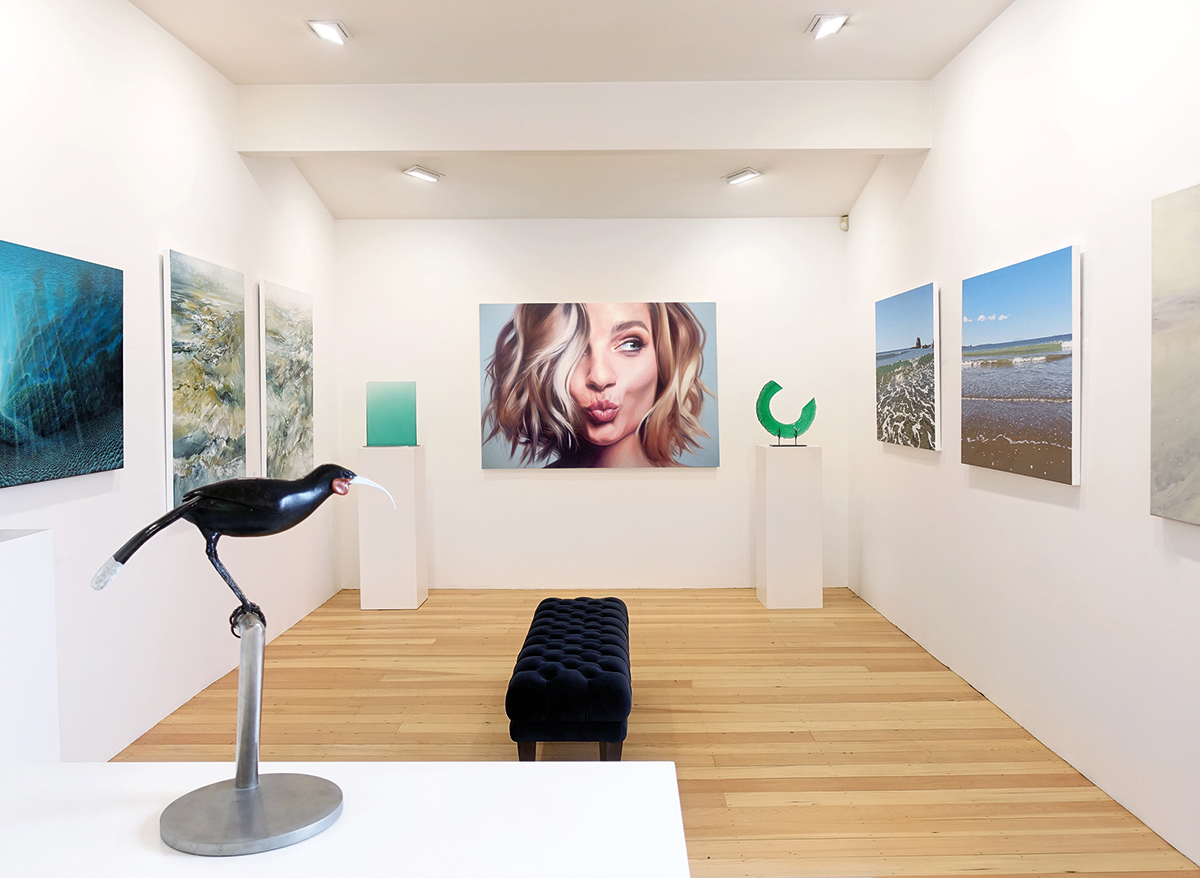
Anna Silcock
Parnell Gallery
What led you into the art world?
My mother Sally founded the gallery when she was 23 so I really did grow up surrounded by art. I spent most of my 20s living in London and while my career initially went down another path, I found the diverse and vibrant art scene in Europe very inspiring. Sally had always thought we would make a good team with our complementary skills and experience, so soon after I returned to New Zealand, we joined forces, and the rest is history.
Is it difficult keeping up with trends?
It is important to keep up to date with happenings in both the New Zealand and global arts industries with curiosity and enthusiasm, however, for us and our clients we have recognised that alongside a knowledge of what is trending, there is greater appreciation for presenting works that will outlast a season and will be enjoyed in living spaces for decades to come.
When designing a room, what is the most important factor when incorporating art into the space?
For new builds or larger scale renovations, ensure you include spaces for art during the design process! With contemporary design we are gravitating more toward open plan spaces, and that can include the use of a lot of glass, meaning less wall space. Many of our clients have commented that they wished they had considered their love for art as part of that process.
When working with a client, do you listen to their ideas and then suggest what would be good in their space?
Listening is one of the most important aspects of our role in a client’s purchasing journey. Art really is so subjective. We all have unique needs and responses to art – whether it be on a conceptual or emotional level, or intrinsically being drawn toward a particular palette, style, discipline or even size, should the piece is intended for a particular space. It’s our job to listen, connect, and really understand what our clients are looking for before suggesting what may work.
How has social media changed the art landscape?
We are in the fortunate position that we always have so much exciting and inspirational content to share across our social media platforms. Instagram, being such a visual platform, is the ideal space for us to share exhibitions, new bodies of work, behind-the-scenes peeks into artists’ studios, and to also engage with our local and international community in a forum that is two-way.
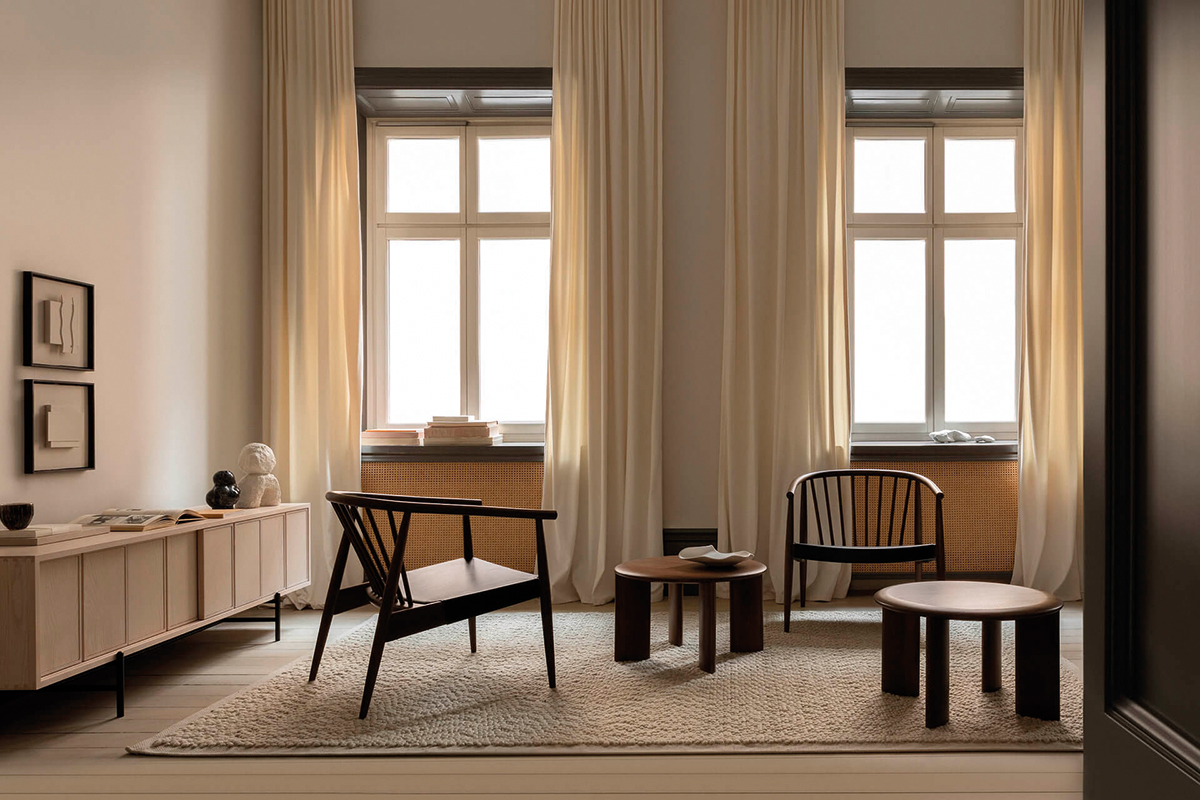
Emma Eagle
Good Form
What led you into the field of interior design?
We’ve both held a longstanding interest in related topics – collecting, design, typography, artwork, aesthetics, and the history of art and architecture. Interiors is important to us because it affects people in such a deep way. Being considerate of interiors is being considerate of the people who use and inhabit spaces.
How to fit bookshelves in a small space?
A wall-hung shelving system can be effective in small spaces, adding extra storage without any footprint.
Is it difficult keeping up with trends like wallpaper, fabric, furniture design?
Trends are very visible so it’s not difficult to keep up with that. We’re more interested in what is timeless, unique and, personal, though. The Eames couple were designing furniture and architecture 60 years ago. We went to their home in California and it looks just as fresh and contemporary now as it did then. Their designs have a trendy element, but good design lasts.
When working with a client do you listen to their ideas and then suggest what you believe would be good in their space?
Of course! Where the conversation starts might be quite different to where things end up, though. Sometimes people end up investing much more in a piece because they just fall in love. The heart can move the head if it needs to. It’s wonderful seeing people really connect with what they own like that.
How would you define your design philosophy?
We want to know as much as possible about what is in our space, and we want it to last a long time for sustainability reasons, but also to ensure that the pieces we have will be valued in the future and not considered throwaway.
Trending this year?
Raw, understated, and natural materials. Textural details. The really successful designers and makers are able to communicate their story really well. People are wanting to discover something meaningful as well as find a piece that delights them visually.
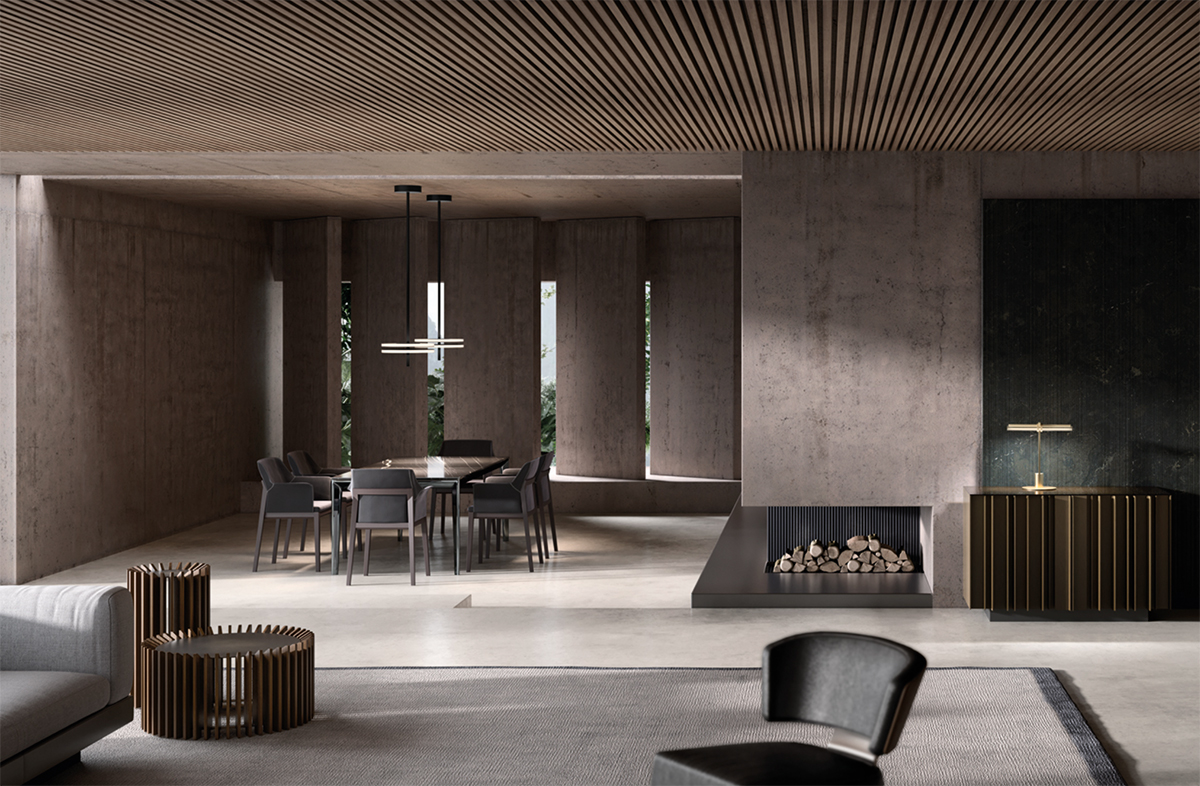
Scott Fisk
Dawsons
Who have been your favourite designers to date?
Vincent van Duysen, Michael Anastassiades and Monica Armani.
How has social media changed the design landscape?
Design inspiration is now at our fingertips but more importantly for us, social media enables us to stay connected and engaged with our customers. More than ever before we can easily keep them abreast of exciting new arrivals to store and this was never more critical than when our showrooms were off limits to the public.
What trends have emerged over the last two years?
Previously slow-moving luxury items have now become the normal for many customers post lockdown. There appears to be a tangible shift to higher end design and to long sought-after designer pieces that have withstood the test of time. This dovetails nicely with the launch of our Molteni&C boutique showroom in Parnell. Quality of materials, fabrics and finishes are now a point of difference that discerning customers will readily seek out, with budget seemingly less of a driver for this ever-growing audience.
What component of an interior is often taken for granted or undervalued?
Well-considered lighting can transform a living space and set or enhance an ambience or create a mood. Often the focus is all about the main furniture pieces since they have consumed most of the budget, however your skilful selection and positioning of lighting elements can take the design and the feel of a room to another plane.
With border restrictions opening and travel set to become a reality once more, what city excites you most from a design point of view?
Pre-Covid times I visited Milan for the past 10 years for Salone Del Mobile and if everything goes to plan, I will be back in Milan in June. The buildings, the design, the people are all inspiring and I can’t wait to get back.






